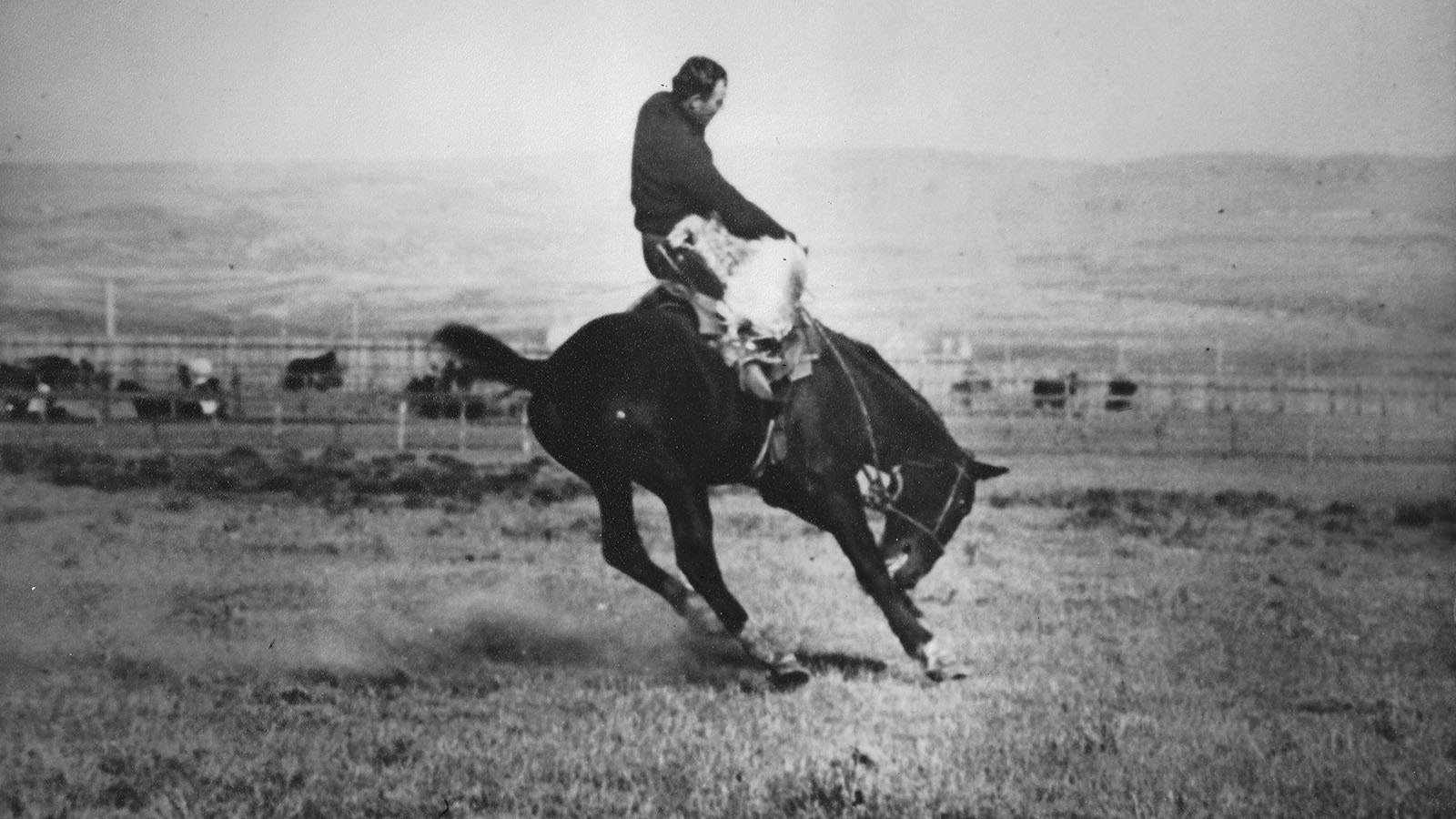Every schoolchild in America learns it. It’s in all the books. It’s part of history. It’s a source of pride in American ingenuity.
Here’s how it goes.
On December 17, 1903, on the Kill Devil Hills near Kitty Hawk on North Carolina’s Outer Banks, a man named Orville Wright flew an airplane. His plane stayed aloft for twelve seconds and traveled 120 feet. Later, his brother Wilbur took the controls and flew 175 feet. Then Orville took off again and landed 200 feet later. None of the flights reached an altitude higher than ten feet. It was the first controlled flight of a heavier-than-air machine in the history of the world.
Or not.
There is another candidate for the honor, and his claim predates the Wright brothers by some 40 years. The evidence for the earlier flight is not ironclad, but there is plenty of it.
Jacob Brodbeck was born in Germany in 1821 and by 1847 was living in Texas. He was a tinkerer, always at work on his projects, some of which included a wind-powered washing machine, a self-winding clock, an ice-making machine, and flying toys powered by rubber bands. Those toys inspired his effort to build what he called his Air-Ship.
“For more than twenty years I have labored to construct a machine which should enable a man to use, like a bird, the atmospheric region as the medium of his travels,” Brodbeck told the
Galveston Tri-Weekly News in August of 1865. After studying the flight of birds, he said he “was at last able to construct a machine which . . . imitates the flight of birds. Inasmuch as it makes use of the same peculiarities of air, and moves with the same celerity in every direction, with the wind and against it, not resembling, however, in form a bird, but being constructed like a ship, which has caused me to call it ‘Air-Ship.’”
Brodbeck’s scale models were successful and he went to work building a full-size ship, but the work was hampered by Civil War blockades. And there were financial difficulties. “The construction of a large Air-Ship requires more means than I possess, but this surely should not be an insupportable difficulty,” he said. So, like many an American entrepreneur, he sold stock and took on investors. “Should I not be justified to call upon the aid of my fellow-men who will be all, directly or indirectly, benefitted by the result of my invention!”
A lengthy description of Brodbeck’s air-ship is in existence. Its body was “formed like a ship with a very short prow to cut the air,” Up top, “A system of wings, partly moveable, partly immovable, presenting the appearance of horizontal sails, but having functions entirely different from the sails of vessels.” And the “motive power” would come from wound-up springs or screws which would turn the propellers, each spring winding down as it wound up its counterpart, but reports of the means of thrust are scant and inconsistent.
Brodbeck assembled the necessary funds for construction and assembled his investors and a few curious onlookers for a test flight on September 20, 1865, probably in Luckenbach, Texas, or perhaps Boerne or San Antonio, or maybe Fredericksburg. Accounts vary, but the general consensus is that Brodbeck and his air-ship took off, reached a height of 12 feet, and flew about 100 feet before coming back to earth—a bit higher, but not quite as far, as Orville Wright’s first flight would cover about forty years in the future.
Unlike the Wright brothers, Brodbeck’s air-ship did not fly again. For, if he did indeed make the first successful flight, he also experienced the first-ever airplane crash. Whether it was a hard landing, impact with a live oak tree, or crashing into a chicken coop, no one knows as accounts vary. Some say Brodbeck set the wreck afire in disgust. Unfortunately, no written reports from eyewitnesses exist today.
There are, however, stock certificates issued by Brodbeck and, in the Daughters of the Republic of Texas Library in San Antonio, detailed written plans “in the handwriting of the late Jacob Brodbeck prior to the construction of his airship which worked successfully as far as it would at that time,” the attached note says. “It was translated from German to English by his granddaughter, Miss Annie Brodbeck.” The library also holds a fuzzy, indistinct photo of what may well be Brodbeck’s crashed air-ship. And while there is no way to prove it is, there is no way to prove it isn’t.
Brodbeck’s attempts to attract investment for development of improved air-ships were unsuccessful. He died January 8, 1910, on a ranch near Luckenbach, Texas—a bit more than six years after the Wright Brothers flew over the Kill Devil Hills.
R. B. Miller can be reached at WriterRodMiller@gmail.com





